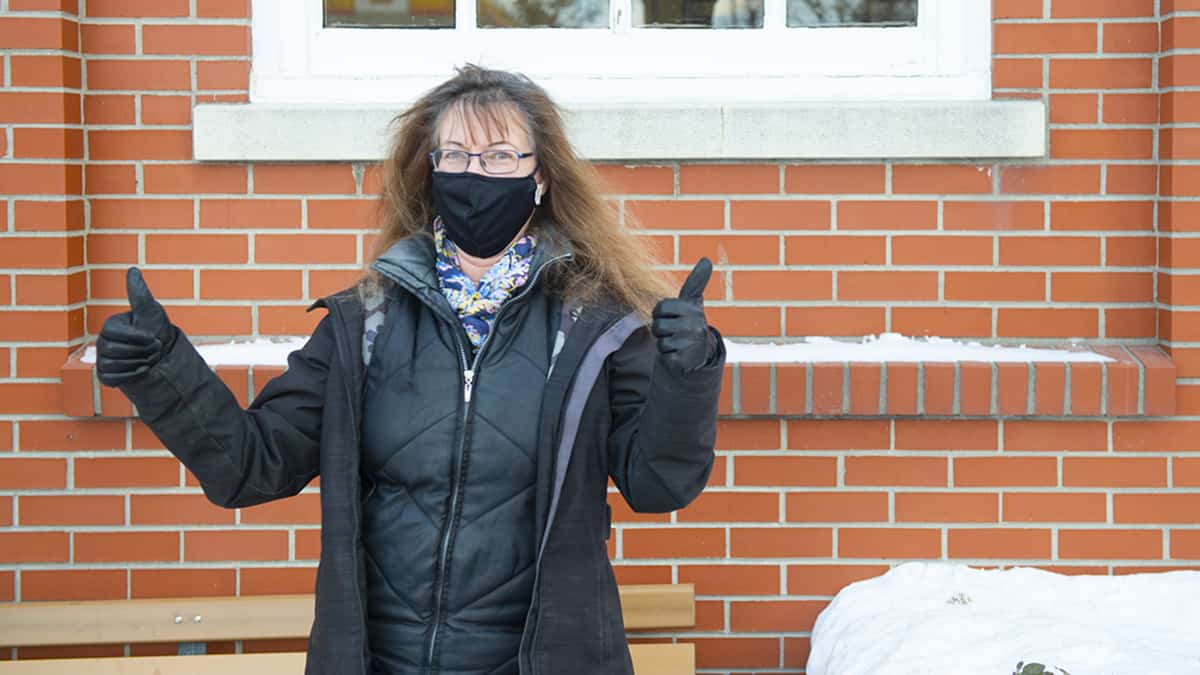The latest forecast for the century bridge in Winterbourne sees the structure rehabilitated for pedestrian use, though there’s no timeline for that project.
Woolwich councillors meeting Tuesday night changed course from a decision two weeks earlier, dropping plans to carry out the environmental assessment (EA) process needed to make building a new bridge an option down the road.
After a sometimes heated debate, councillors voted 3-2 in favour of retaining the bridge built in 1913, one of the few steel truss bridges remaining in the area.
Couns. Scott McMillan, Patrick Merlihan and Fred Redekop supported the idea of keeping the structure to serve as a pedestrian crossing, noting Winterbourne residents had been clear in their support for that option, vocally opposed to a new bridge.
Merlihan noted councillors had been hit with a “barrage” of emails and phone calls from township residents following the February 9 meeting, all calling for the heritage bridge to be retained.
While noting that continuing the EA process wasn’t a commitment to tearing down the current bridge, which has been closed since 2017 due to safety concerns, and building a new one, McMillan said there was no point in spending $85,000 on a study to look at options the community doesn’t want.
Redekop agreed with McMillan that it wouldn’t make sense to spend that money when residents don’t want a new bridge or more traffic in the hamlet.
This week’s decision closes out the EA process, leaving the bridge intact for rehabilitation when the township’s budget allows. Repairing it to carry pedestrian traffic is expected to cost about $1.1 million.
While building a new bridge would cost $4-$8 million, depending on a one- or two-lane design, Coun. Murray Martin continued to maintain that was the best option.
In arguing for a new span, Martin stressed that he wasn’t advocating for the destruction of the current bridge. He suggested part of the existing structure could be included in a new one, or that it could be moved to a nearby site and retained as something of a historic monument.
“At the end of the day, everybody will be happy,” he said of building a new bridge, again pointing to the need for a crossing for farmers in the area, particularly Old Order Mennonites who use horse-drawn buggies.
He was supported by Coun. Larry Shantz, who said continuing the environmental assessment process wouldn’t mean a commitment to a new bridge, but would widen the options.
Mayor Sandy Shantz, who chaired the meeting and didn’t vote, had pushed for an option that retains the current bridge but allows for buggy traffic. But director of infrastructure services Jared Puppe said investigations have shown no option that allows buggies to cross but blocks motorized vehicles from doing the same.
“I have a problem buying that we can’t have buggies going across, we can’t rehabilitate that bridge to the point where we can have buggies going across it. I think there must be a way to do that,” Shantz replied.
“My wish for this bridge is that it is pedestrian, cycling, snowmobiles. It’s a trail bridge, but also we have the capability for horse-and-buggies to go across it.”
Staff, however, maintained that even after consulting with the Mennonite community, there was no way to accommodate buggies without the risk of motorized vehicles crossing it.
Puppe noted people don’t respect posted signs or load limits, adding that repairing the bridge to reinforce it for heavier vehicles would be cost-prohibitive, and such usage would severely shorten its lifespan.
In approving the rehabilitation option, councillors attached no timeframe to carry out the work. There’s no money set aside in the 2021 budget for the project, with some suggesting it would be added to the township’s capital spending plan starting with the 2022 budget.









